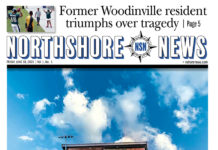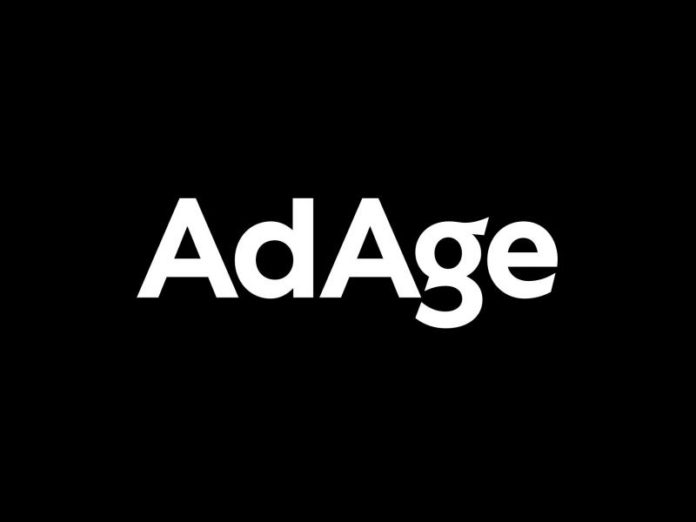By Adrianne Pasquarelli
The rise of the in-house agency has been a favorite topic among marketers in recent years as more brands take media buying and creative inside in order to cut costs and manage output. While some brands have been slowly moving responsibilities away from agencies, the pandemic accelerated the trend as marketers went in-house in search of more flexibility and agility.
Three years ago, the Association of National Advertisers ran a survey finding that 78% of its members have some form of in-house team. That figure is now closer to 85%, estimates Bill Duggan, ANA’s group executive VP. And 55% of marketers surveyed by ANA say in-housing is one of their most important resources for producing new creative assets, according to findings revealed this week at ANA’s annual in-house conference, which first began in 2019 and was held virtually this year.
“The momentum from in-house has not slowed down,” Duggan said during the event, noting that as brands move to a cookie-less world and first-party data becomes more important, in-house teams are “closer to the action.”
Below, key takeaways from the two-day conference.
Moving faster
During lockdowns, when restrictions and rules were changing at a moment’s notice, restaurant chains were especially burdened with providing accurate messaging to customers. Since things like closing times could change on a town-by-town or state-by-state basis, Checkers Drive-In Restaurants Inc., the 900-unit restaurant chain, relied heavily on its in-house agency to keep up and change communication quickly.
“We literally had to develop all of our marketing materials for the year in advance to give us the flexibility on a market-by-market basis,” said Dwayne Chambers, chief marketing officer. “The traditional model would pull in a bunch of agencies and consultants… the ability for us to have this group internally was really important.”
Similarly, TD Bank’s internal studio, called Studio 361 after the Pantone shade of the brand’s green logo, handled all quick turnarounds for the bank during the pandemic. Working to execute ideas from agency partner TBWA, the department—which typically handles 60% of TD Bank’s overall creative workload—built a virtual queue for customers and helped with curbside delivery of debit card replacements.
“We shut off all the business-as-usual marketing work and pivoted to crisis communications,” said Karyn DiMattia, senior VP and head of Studio 361. “I have no idea how TD would have survived 2020 if we didn’t have our in-house agency in place and up and running.”
Checkers was able to build its in-house team to 40 from 18 staffers during the last year because many are working remotely. Chambers said video conferencing tools helped with recruiting.
“It’s allowed us to hire amazing talent,” he said. “When we look at being able to hire different people, in Baltimore or Phoenix, I can hire and not worry about whether people are willing to move.”
The team at Columbia Threadneedle Investments, a asset management company, was virtual throughout the pandemic and it created more confidence in remote work, according to Marc Williams, director of digital content strategy.
“Even if you hadn’t worked that way in the past you had to adapt pretty quickly for me,” he said. “Personally, I wasn’t that big of a fan of working remotely but now it’s become second nature.”
Staffers should wear many hats
At spice marketer McCormick & Co., the internal creative and digital team produces 80% of the food brand’s marketing content, including digital shelf graphics, social media messaging, recipe videos and long-form storytelling on YouTube. Alia Kemet, VP of creative and digital marketing at McCormick, said that hiring people with a positive attitude and willingness to deploy multiple skills is crucial. One of the brand’s producers recently performed double-duty as a TikTok personality, for example, after McCormick had noticed that its TikTok content was not working and that a more human touch was needed.
“TikTok content is not the same as Instagram content or Facebook content,” said Kemet. “The importance of authenticity and being scrappy and feeling like it’s from a person and not from a brand is critical.” McCormick has had similar success being nimble on social media by creating ASMR content internally to meet current trends at a faster pace than it would have by outsourcing such content to an agency, Kemet said.
For Stanford Health Care, the ability of staffers to play multiple roles helped with moral, according to Corey Dill, director of marketing operations.
“The lines of demarcation between roles and responsibilities disintegrated, in a good way,” he said, noting that many pitched. “It allowed us to leverage more people on the team and I don’t think anything gave people more morale than feeling like they were helping.”
Tackling tech stacks
Iovate Health Sciences, which sells food brands such as Hydroxycut and Muscle Tech, handles its media buying and production internally. CMO Jarrod Jordan said a key for being successful with taking media in-house is not relying on customized products. Jordan advised that brands looking to build their tech stacks internally buy off-the-shelf technologies and limit the need to continually update any customized products. The less customization a brand has, the less risk, Jordan said.
“I’ve seen organizations that built tech stacks with a lot of customization but as time goes by as the different types of tools evolve and they do the next release, you may find that you have an entire team that’s spending weeks every month or every quarter updating their code in order to match what’s changed and that becomes expensive,” he said, advising brands to “try to use as much as you can with off-the-shelf technologies.”
What’s next?
Will the in-housing trend outlive the pandemic? Andrea Ruskin, in-house agency and creative marketing consultant at Blum Consulting Partners, suggested it will, saying the ability of the groups to create content at rapid speed built confidence and trust in the in-house model.
“Marketers needed to have a certain level of trust and confidence in their in-house teams to be able to deliver with the demands of what the pandemic brought on,” she said. “They’re in-house because they have an understanding of the business and business needs and what drives business forward and that’s a huge advantage to the IHA.”
After the year’s experience, Aleka Sansom, executive creative director at Vanguard, said that in-house agencies will be focused on proving the value they provide to the business beyond just speed of operation.
“Looking at the value of the business we’re contributing to is a really important part of the overall access and measurement metrics of an in-house agency,” she said.
Adrianne Pasquarelli is a senior reporter at Ad Age, covering marketing in retail and finance, as well as in travel and health care. She is also a host of the Marketer’s Brief podcast and spearheads special reports including 40 Under 40 and Hottest Brands. Pasquarelli joined Ad Age in 2015 after writing for Crain’s New York Business, where she also focused on the retail industry.






